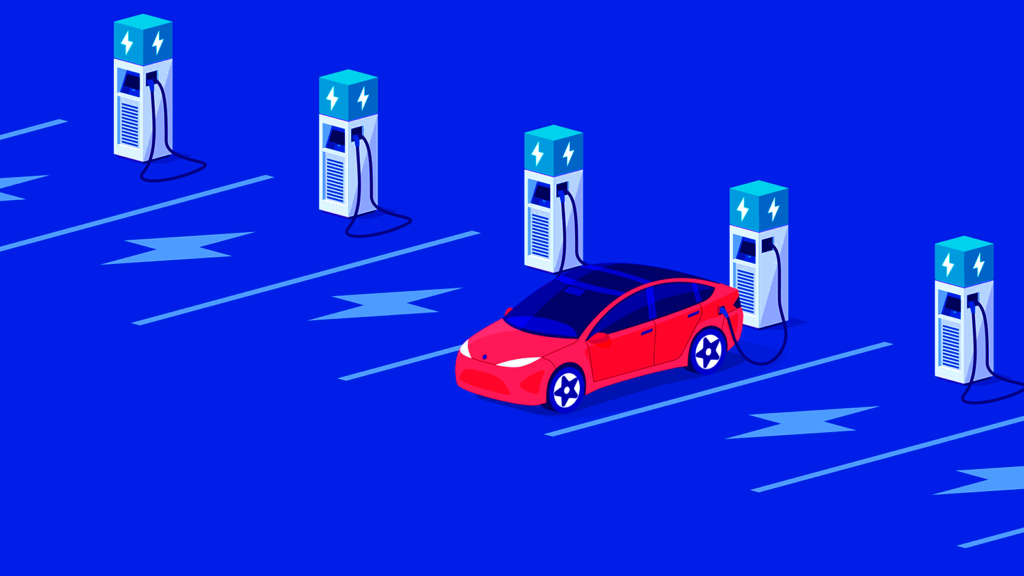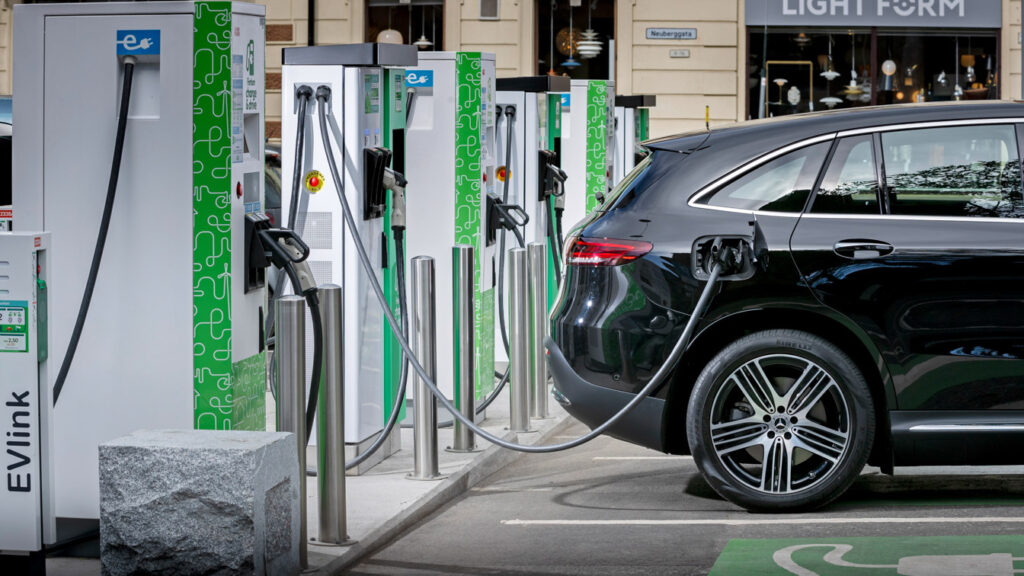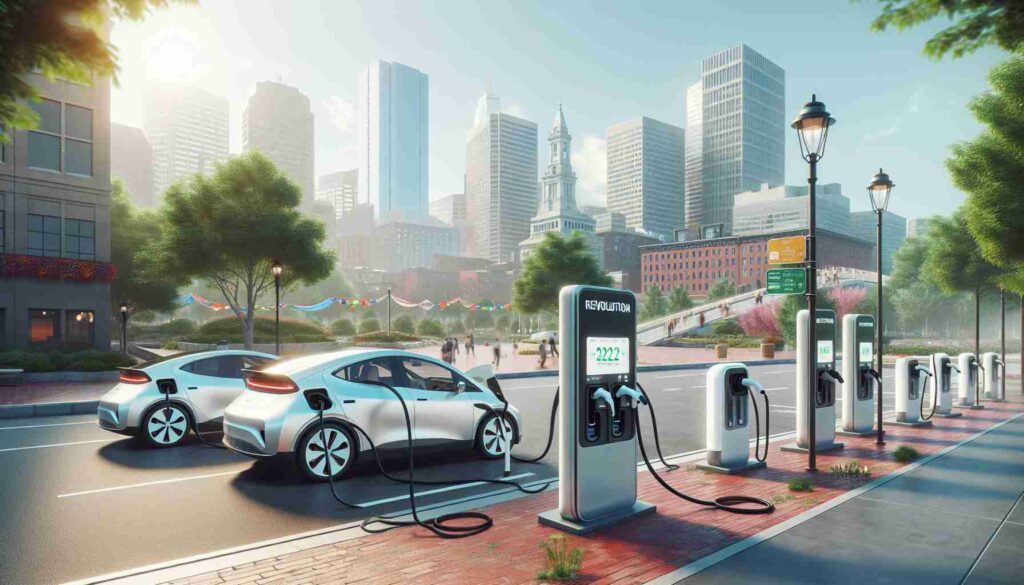Stanford researchers, charging electric vehicles, electric vehicles, vehicles at home
Electric cars are great for the environment, but they could strain our power grid, especially if everyone charges them at night. A recent Stanford University study warns that this could lead to a surge in electricity demand, potentially requiring more fossil fuel-powered plants.

The solution? Shift charging to daytime hours, when solar energy is plentiful. This could ease the burden on the grid and reduce greenhouse gas emissions. To make this happen, we need policies that encourage daytime charging, like adjusting electricity rates and investing in workplace and public charging infrastructure.
California, a leader in renewable energy, has a unique opportunity to leverage its solar power to charge electric cars. By coordinating policies and investments, we can ensure a smooth transition to electric vehicles while minimizing their impact on the environment.

The key is to balance infrastructure development with behavioral changes. We need to encourage drivers to charge during the day and to optimize charging patterns to reduce strain on the grid. By working together, we can create a sustainable future for electric vehicles and a cleaner planet.







